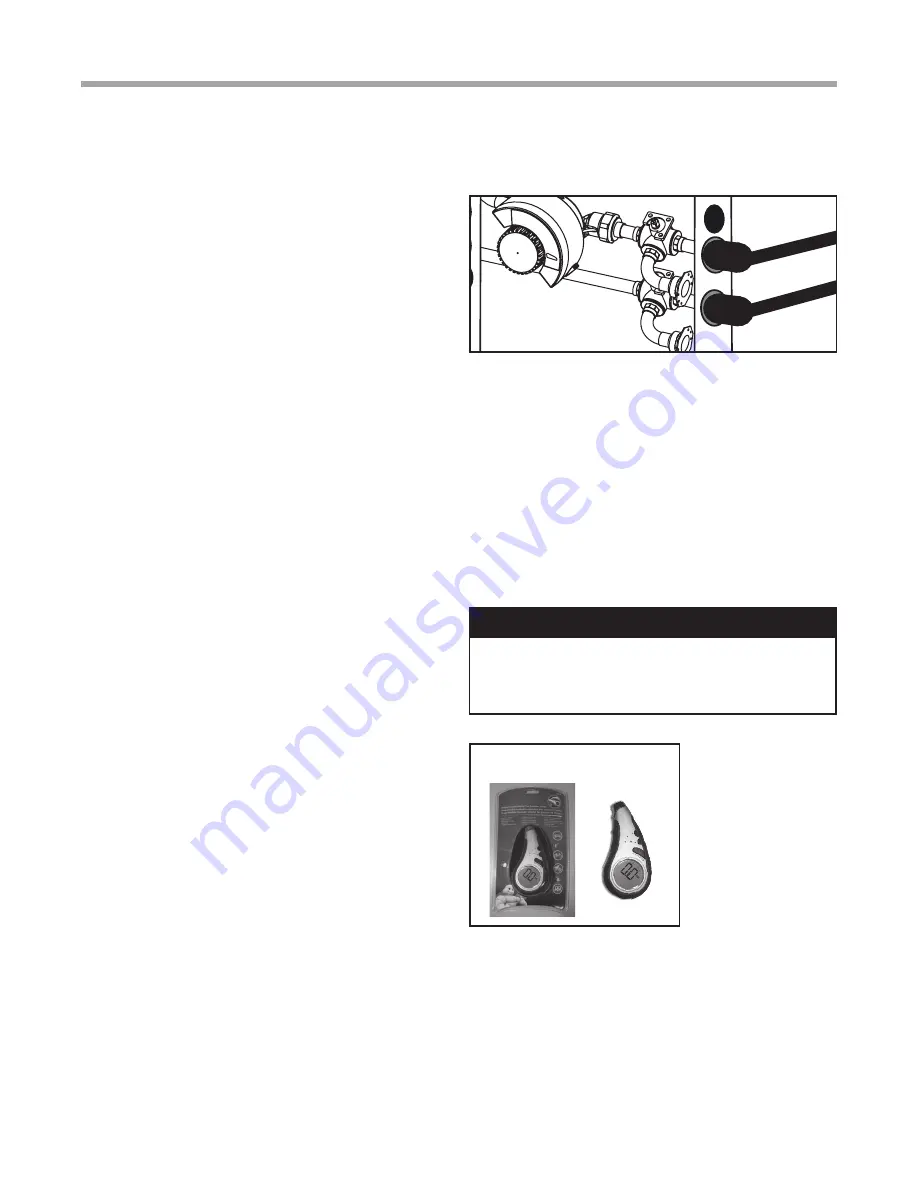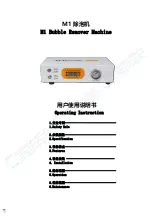
12
G e o t h e r m a l H e a t i n g a n d Co o l i n g
Tranquility
®
22 Digital (TZ
)
Series - 60Hz
R e v. : N o v e m b e r 1 8 , 2 0 2 2
Closed Loop Heat Pump Applications w/Internal Flow Controller
Units with internal flow control come with a built-in variable
speed pump, an expansion tank, flushing ports and three-
way valves (used to flush the unit). The variable speed
pump is controlled by the Communicating DXM2.5 board
based on the difference between the entering and leaving
water temperature (ΔT). For operation outside of the normal
entering water temperature range (50° or 60°F - 110°F
for cooling, 30°F-70°F for heating) the DXM2.5 controller
may automatically adjust the control ΔT to account for
the abnormal entering water temperatures, maintaining
an appropriate flow rate for proper unit operation. When
entering water temperatures are abnormally low for cooling,
or abnormally high for heating, the DXM2.5 controller will
maintain a constant leaving water temperature which will
allow the unit to operate properly under those conditions.
The internal expansion tank helps to maintain constant loop
pressure despite the natural expansion and contraction of
the loop as the seasons and loop temperatures vary. The
expansion tank also helps to avoid flat loop callbacks.
PRE-INSTALLATION
Prior to installation, locate and mark all existing underground
utilities, piping, etc. Install loops for new construction before
sidewalks, patios, driveways, and other construction has
begun. During construction, accurately mark all ground loop
piping on the plot plan as an aid in avoiding potential future
damage to the installation.
PIPING INSTALLATION
The typical closed loop ground source system is shown in
Figures 6a and 11a. All earth loop piping materials should
be limited to polyethylene fusion only for in-ground sections
of the loop and it is also recommended for inside piping.
Galvanized or steel fittings should not be used at any time
due to their tendency to corrode. All plastic to metal threaded
fittings should be avoided due to their potential to leak in
ground loop applications. Loop temperatures can range
between 25 and 110°F [-4 to 43°C]. Flow rates between
2.25 and 3 gpm per ton [2.41 to 3.23 l/m per kW] of cooling
capacity is recommended in these applications.
Test individual horizontal loop circuits before backfilling.
Test vertical U-bends and pond loop assemblies prior to
installation. Pressures of at least 100 psi [689 kPa] should be
used when testing. Do not exceed the pipe pressure rating.
Test entire system when all loops are assembled.
The following section will help to guide you through flushing
a unit with internal flow control.
⚠
NOTICE!
⚠
NOTICE!
If installing MULTIPLE vFlow
®
Internal Variable
Speed Flow Controller units (in parallel) on one loop,
please refer to section ‘Multiple Unit Piping and Flushing’
(later in this document).
Figure 12: Internal Flow Controller
WATER PRESSURE SCHRADER PORTS
The pressure ports built in to the unit are provided as a
means of measuring pressure drop through the water-to-
refrigerant heat exchanger. The water pressure ports are
schrader ports smaller than refrigerant schrader ports. They
are the same size as tire schrader ports. A digital pressure
gauge is recommended for taking pressure readings
through these ports. The water flow through the unit can be
determined by measuring the water pressure at the “water
pressure out” port and subtracting it from the water pressure
at the “water pressure in” port. Comparing the pressure
differential to the pressure drop table (Table 10) in this
manual will determine the flow rate through the unit.
Digital Tire Pressure Gauge













































